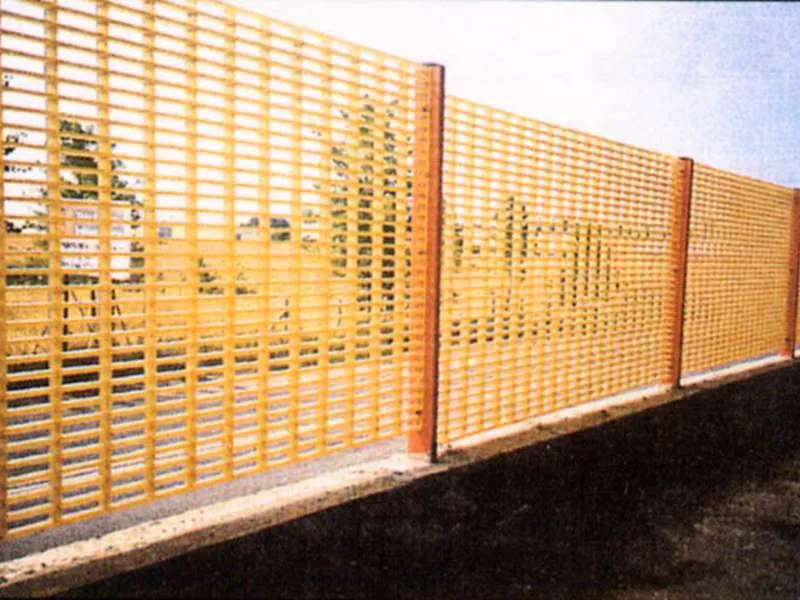
-
 Afrikaans
Afrikaans -
 Albanian
Albanian -
 Amharic
Amharic -
 Arabic
Arabic -
 Armenian
Armenian -
 Azerbaijani
Azerbaijani -
 Basque
Basque -
 Belarusian
Belarusian -
 Bengali
Bengali -
 Bosnian
Bosnian -
 Bulgarian
Bulgarian -
 Catalan
Catalan -
 Cebuano
Cebuano -
 China
China -
 China (Taiwan)
China (Taiwan) -
 Corsican
Corsican -
 Croatian
Croatian -
 Czech
Czech -
 Danish
Danish -
 Dutch
Dutch -
 English
English -
 Esperanto
Esperanto -
 Estonian
Estonian -
 Finnish
Finnish -
 French
French -
 Frisian
Frisian -
 Galician
Galician -
 Georgian
Georgian -
 German
German -
 Greek
Greek -
 Gujarati
Gujarati -
 Haitian Creole
Haitian Creole -
 hausa
hausa -
 hawaiian
hawaiian -
 Hebrew
Hebrew -
 Hindi
Hindi -
 Miao
Miao -
 Hungarian
Hungarian -
 Icelandic
Icelandic -
 igbo
igbo -
 Indonesian
Indonesian -
 irish
irish -
 Italian
Italian -
 Japanese
Japanese -
 Javanese
Javanese -
 Kannada
Kannada -
 kazakh
kazakh -
 Khmer
Khmer -
 Rwandese
Rwandese -
 Korean
Korean -
 Kurdish
Kurdish -
 Kyrgyz
Kyrgyz -
 Lao
Lao -
 Latin
Latin -
 Latvian
Latvian -
 Lithuanian
Lithuanian -
 Luxembourgish
Luxembourgish -
 Macedonian
Macedonian -
 Malgashi
Malgashi -
 Malay
Malay -
 Malayalam
Malayalam -
 Maltese
Maltese -
 Maori
Maori -
 Marathi
Marathi -
 Mongolian
Mongolian -
 Myanmar
Myanmar -
 Nepali
Nepali -
 Norwegian
Norwegian -
 Norwegian
Norwegian -
 Occitan
Occitan -
 Pashto
Pashto -
 Persian
Persian -
 Polish
Polish -
 Portuguese
Portuguese -
 Punjabi
Punjabi -
 Romanian
Romanian -
 Russian
Russian -
 Samoan
Samoan -
 Scottish Gaelic
Scottish Gaelic -
 Serbian
Serbian -
 Sesotho
Sesotho -
 Shona
Shona -
 Sindhi
Sindhi -
 Sinhala
Sinhala -
 Slovak
Slovak -
 Slovenian
Slovenian -
 Somali
Somali -
 Spanish
Spanish -
 Sundanese
Sundanese -
 Swahili
Swahili -
 Swedish
Swedish -
 Tagalog
Tagalog -
 Tajik
Tajik -
 Tamil
Tamil -
 Tatar
Tatar -
 Telugu
Telugu -
 Thai
Thai -
 Turkish
Turkish -
 Turkmen
Turkmen -
 Ukrainian
Ukrainian -
 Urdu
Urdu -
 Uighur
Uighur -
 Uzbek
Uzbek -
 Vietnamese
Vietnamese -
 Welsh
Welsh -
 Bantu
Bantu -
 Yiddish
Yiddish -
 Yoruba
Yoruba -
 Zulu
Zulu
fiberglass flange
Understanding Fiberglass Flanges A Comprehensive Overview
Fiberglass flanges are a crucial component in various industrial applications, especially in sectors such as chemical processing, wastewater management, and oil and gas industries. Their unique properties, derived from the combination of fiberglass and resin, offer advantages that traditional metal flanges cannot provide. This article will delve into what fiberglass flanges are, their benefits, types, and applications, ultimately highlighting their importance in modern engineering.
What are Fiberglass Flanges?
Fiberglass flanges are flat rings or disks made from fiberglass-reinforced plastic, specifically created to connect pipes, valves, pumps, or other equipment in a piping system. The primary material used in their construction is a composite made from glass fibers and resin. This combination results in a lightweight yet durable flange that boasts excellent resistance to corrosion and chemical attacks, making it ideal for handling aggressive fluids.
Advantages of Fiberglass Flanges
1. Corrosion Resistance One of the most significant advantages of fiberglass flanges is their inherent resistance to corrosion. Unlike metal flanges, which can rust and degrade when exposed to harsh chemicals or environments, fiberglass flanges maintain their structural integrity over time.
2. Lightweight and Easy to Handle Fiberglass flanges are much lighter than their metal counterparts. This characteristic not only simplifies handling and installation but also reduces the overall weight of the piping system, which can be beneficial in applications where weight constraints are critical.
3. Thermal Insulation Fiberglass has excellent thermal insulating properties. This means that fiberglass flanges help in maintaining the temperature of the fluids being transported, potentially reducing energy costs in systems requiring temperature control.
4. Cost-Effective While the initial cost of fiberglass flanges may be higher compared to some metals, their longevity and low maintenance requirements can result in lower lifecycle costs. This makes them a cost-effective solution, especially in industries where downtime can lead to significant financial losses.
fiberglass flange

5. Versatility Fiberglass flanges can be manufactured in various sizes, shapes, and configurations (such as raised face, flat face, and ring type) to meet the specific needs of different applications, thus offering great versatility.
Types of Fiberglass Flanges
Fiberglass flanges come in several types, each designed for specific applications. The most common types include
- Socket Weld Flanges Used for smaller piping systems, where the pipe is inserted into the flange for welding. - Slip-On Flanges Designed to slip over the pipe, allowing for easy alignment and welding. - Blind Flanges Used to seal the end of a piping system, preventing leaks and contamination. - Lap Joint Flanges Commonly used in applications where frequent dismantling and reassembly are necessary.
Applications of Fiberglass Flanges
The versatility and advantages of fiberglass flanges make them suitable for a wide range of applications, including
- Chemical Processing In industries where corrosive chemicals are handled, fiberglass flanges provide a safe and reliable solution. - Water and Wastewater Management These flanges are commonly used in treatment plants due to their resistance to chemicals and biological agents. - Oil and Gas Fiberglass flanges are ideal in environments where they are exposed to varying temperatures and pressures. - Marine Applications Due to their resistance to seawater and harsh environmental conditions, they are popular in shipbuilding and offshore platforms.
Conclusion
In summary, fiberglass flanges are an essential component in various industrial applications due to their unique properties and advantages over traditional materials. Their corrosion resistance, lightweight nature, thermal insulation, cost-effectiveness, and versatility make them an ideal choice for many sectors, from chemical processing to marine industries. As technology continues to advance, the use of fiberglass flanges is expected to grow, further solidifying their place in modern engineering practices. Whether you’re an engineer, project manager, or technician, understanding the benefits and applications of fiberglass flanges will enhance your ability to choose the right materials for your piping needs.









